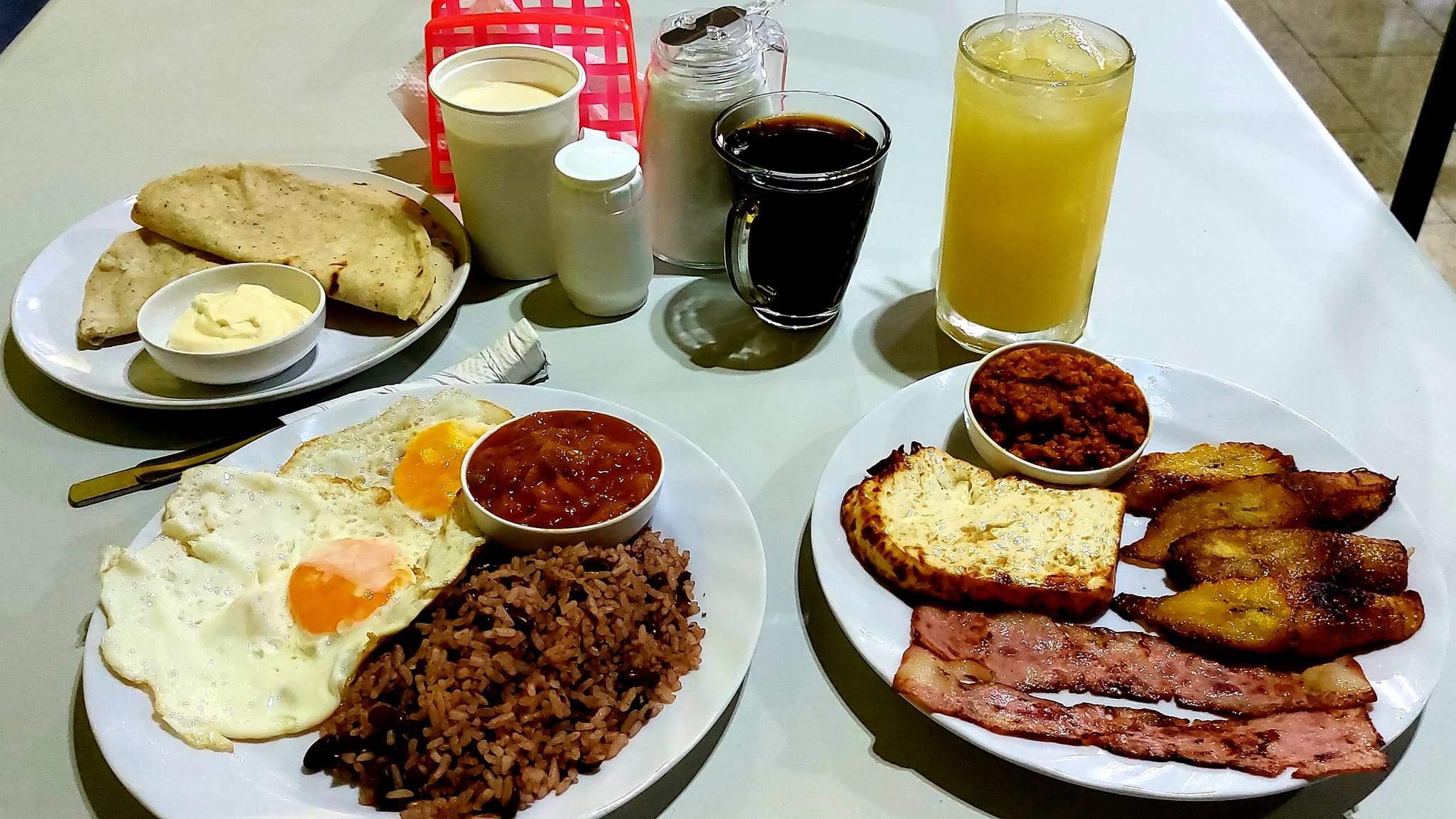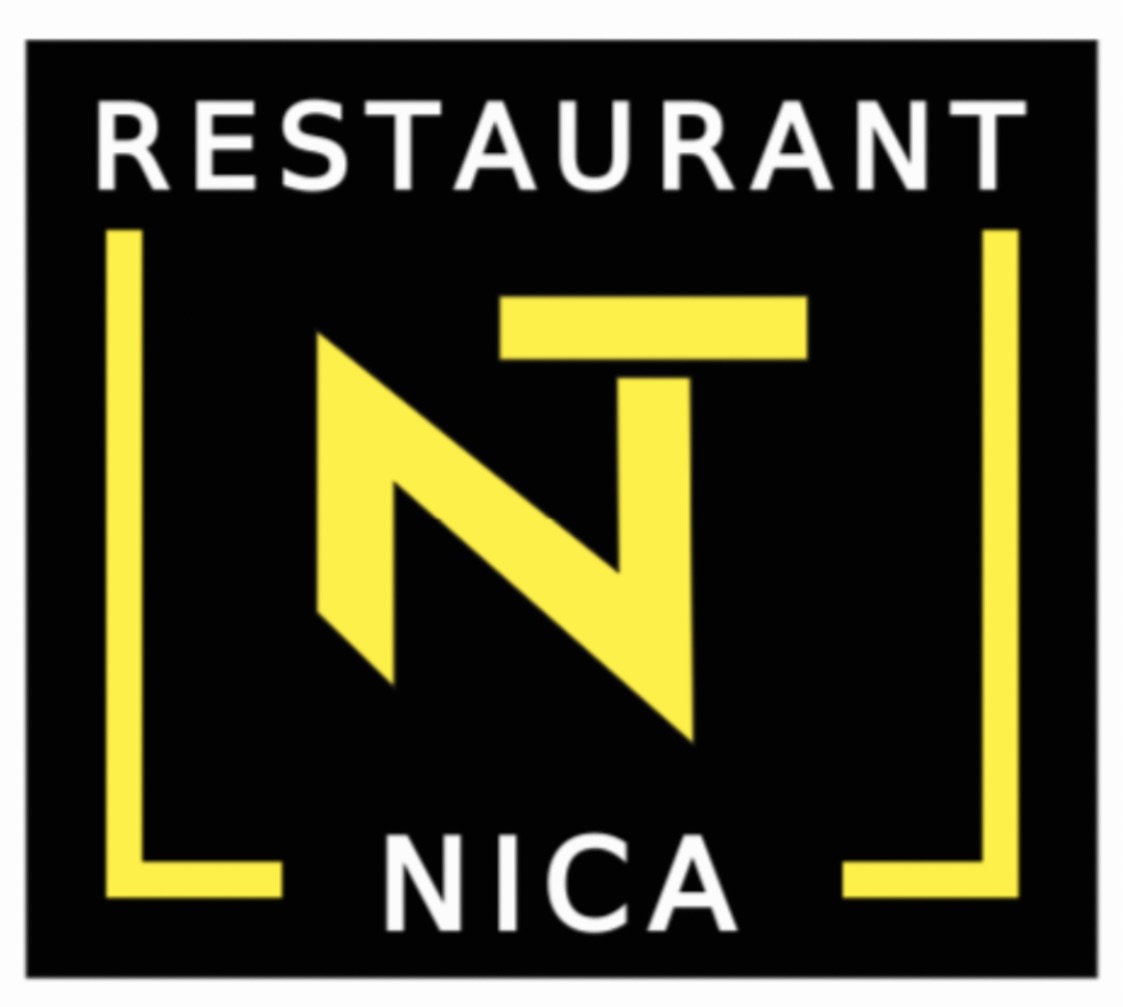Nica food, a vibrant and flavorful cuisine, is a testament to Nicaragua’s rich history, diverse cultures, and culinary traditions. Influenced by Spanish, indigenous, and Caribbean flavors, Nica food offers a tantalizing blend of spices, fresh ingredients, and authentic dishes that captivate the senses and evoke a sense of place.
From the bustling street food markets to the home-cooked family recipes, Nica food is deeply ingrained in Nicaraguan culture and identity. Each region boasts its unique specialties, reflecting the country’s diverse geography and cultural influences. Whether it’s the hearty nacatamales or the refreshing vigoron, Nica food is a culinary journey that transports you to the heart of Nicaragua.
Nicaraguan Cuisine
Nicaraguan cuisine is a vibrant and diverse reflection of the country’s rich history and cultural influences. Its unique culinary traditions have been shaped by the amalgamation of Spanish, indigenous, and Caribbean flavors, resulting in a tantalizing array of dishes that showcase the nation’s culinary heritage.
Origins and Influences
The indigenous peoples of Nicaragua, such as the Chorotega and Nahuatl, played a significant role in shaping the country’s cuisine. They introduced staple ingredients like corn, beans, and chili peppers, which remain fundamental components of many traditional Nicaraguan dishes. The arrival of Spanish conquistadors in the 16th century brought new ingredients and cooking techniques, such as rice, wheat, and dairy products, which further enriched the culinary landscape.
In the 19th century, Nicaragua’s Caribbean coast experienced significant immigration from Jamaica and other Caribbean islands. This influx brought with it the influence of Caribbean flavors, spices, and cooking methods, adding a vibrant dimension to Nicaraguan cuisine. The result is a culinary tapestry that seamlessly blends indigenous, Spanish, and Caribbean elements, creating a distinctive and delectable gastronomic experience.
Key Ingredients and Flavors: Nica Food

Nicaraguan cuisine is a vibrant tapestry of flavors and aromas, showcasing the country’s rich agricultural heritage. Essential ingredients like corn, beans, and rice form the foundation of many dishes, providing a hearty base for exploration.
Local Produce, Herbs, and Spices
Local produce plays a pivotal role in Nicaraguan cooking, with fresh fruits and vegetables adding vibrant colors and nutritional value. Herbs like cilantro, oregano, and culantro infuse dishes with their aromatic essence, while spices such as achiote, cumin, and garlic contribute depth and warmth.
Regional Variations and Specialties
Nicaragua’s diverse geography and cultural influences have shaped its culinary landscape, leading to distinct regional variations in cuisine. Each region boasts unique dishes and cooking styles that reflect local traditions and the availability of ingredients.
Pacific Coast, Nica food
The Pacific coast, with its proximity to the ocean, is known for its abundance of seafood dishes. Popular dishes include:
- Ceviche:Raw seafood marinated in citrus juices and spices
- Sopa de Mariscos:Seafood soup with a rich broth
- Vigorón:Fried pork rinds served with yuca and cabbage slaw
Central Highlands
The central highlands, with its cooler climate and fertile soil, is renowned for its meat and dairy products. Typical dishes include:
- Nacatamal:A large cornmeal dumpling filled with meat, vegetables, and spices
- Quesillo:A soft, white cheese similar to mozzarella
- Vaho:A stew made with meat, vegetables, and plantains
Caribbean Coast
The Caribbean coast, with its Afro-Caribbean influences, features bold flavors and spices. Popular dishes include:
- Rondón:A coconut-based soup with seafood, meat, and vegetables
- Patí:A meat-filled pastry similar to an empanada
- Garnacha:A fried plantain dish served with meat or fish
Street Food and Traditional Markets
Nicaragua boasts a vibrant street food scene, where local vendors offer a diverse range of traditional dishes and snacks. Street food is an integral part of Nicaraguan culture, providing affordable and accessible meals for locals and tourists alike.
Street vendors are found in abundance throughout the country, particularly in urban areas like Managua and Granada. They typically set up their stalls in busy markets, parks, and street corners, creating a lively and aromatic atmosphere.
Popular Street Food Items
- Vigorón:A hearty dish made with yuca, cabbage, pork rinds, and onions, topped with a tangy tomato-based sauce.
- Nacatamales:Steamed corn dough filled with meat, vegetables, and spices, wrapped in banana leaves.
- Quesillos:Fried or grilled cheese with onions, served with tortillas or bread.
- Elotes Locos:Grilled corn on the cob topped with mayonnaise, cheese, and chili powder.
- Fritanga:A mix of grilled meats, such as pork, beef, and chicken, served with onions, cabbage, and tortillas.
Home Cooking and Family Recipes
Home cooking holds a central place in Nicaraguan culture, where family recipes are cherished and passed down through generations. These recipes embody the culinary heritage of the country, reflecting the flavors, ingredients, and traditions that define Nicaraguan cuisine.
The Role of Family Recipes
Family recipes are more than just culinary instructions; they are a testament to the love and bonds that unite Nicaraguan families. They are passed down orally, often from grandmothers to mothers to daughters, ensuring the preservation of traditional dishes and cooking techniques.
These recipes carry sentimental value, evoking memories of family gatherings and the warmth of home.
Classic Home-Cooked Dishes
Nicaraguan home cooking features a variety of classic dishes that are often served at family gatherings. These dishes include:
-
-*Gallo Pinto
A staple breakfast dish made with rice and beans, seasoned with onions, peppers, and garlic.
-*Nacatamal
A savory cornmeal dough stuffed with pork, vegetables, and spices, wrapped in banana leaves and steamed.
-*Vigorón
A plate consisting of chicharrones (fried pork rinds), cabbage slaw, and yuca (cassava).
-*Indio Viejo
A hearty beef stew with vegetables and cornmeal dumplings.
Preserving Culinary Heritage
Home cooking plays a vital role in preserving the culinary heritage of Nicaragua. By cooking traditional dishes, families pass on their cultural identity and connect with their ancestors. These recipes ensure that the flavors and techniques of Nicaraguan cuisine continue to be enjoyed for generations to come.
Nicaraguan Cuisine in the Modern Era
In recent years, Nicaraguan cuisine has undergone a notable evolution, influenced by globalization and international culinary trends. Chefs and restaurateurs are innovating while preserving the essence of traditional Nicaraguan flavors.
The fusion of global cuisines has introduced new ingredients and techniques to Nicaraguan cooking. For instance, the use of Asian spices and sauces has become more prevalent, adding a unique twist to classic dishes. Additionally, the incorporation of international cooking methods, such as sous vide and molecular gastronomy, has elevated the presentation and complexity of Nicaraguan cuisine.
Modern Interpretations of Traditional Dishes
Chefs are reimagining traditional Nicaraguan dishes with modern techniques and ingredients. For example, the classic “vigorón” (a pork and cabbage salad) has been transformed into a gourmet dish, featuring succulent roasted pork belly, pickled cabbage, and a drizzle of tamarind sauce.
Another example is the “nacatamal,” a traditional cornmeal-based dish, which has been reinterpreted as a sophisticated appetizer. Chefs are experimenting with different fillings, such as shrimp and avocado, and serving them in bite-sized portions.
Preserving the Essence of Nicaraguan Cuisine
Despite these modern innovations, the essence of Nicaraguan cuisine remains intact. Chefs and restaurateurs are committed to preserving the traditional flavors and techniques that have defined Nicaraguan cooking for generations.
Local ingredients, such as fresh seafood, tropical fruits, and aromatic spices, continue to play a central role in Nicaraguan cuisine. The emphasis on fresh, flavorful ingredients ensures that the dishes retain their authentic taste.
Health and Nutritional Aspects

Nicaraguan cuisine is rich in nutritional value, utilizing fresh, locally sourced ingredients. Its traditional dishes offer a balanced blend of essential nutrients, contributing to a healthy and sustainable diet.
Use of Fresh, Locally Sourced Ingredients
Nicaraguan cuisine heavily relies on fresh fruits, vegetables, and locally sourced meats and seafood. These ingredients are rich in vitamins, minerals, and antioxidants, providing the body with essential nutrients. The use of fresh, local produce also reduces the need for preservatives and additives, promoting a healthier diet.
Healthy and Balanced Dishes
Many traditional Nicaraguan dishes are naturally healthy and balanced. For example, gallo pinto, a staple breakfast dish, combines beans and rice, providing a complete protein source. Vigorón, a popular street food, combines pork, yuca, and cabbage, offering a balance of protein, carbohydrates, and fiber.
Contribution to a Healthy and Sustainable Diet
Nicaraguan cuisine promotes a healthy and sustainable diet by emphasizing fresh, unprocessed ingredients. The use of local produce supports local farmers and reduces the environmental impact of food transportation. The balanced nature of Nicaraguan dishes ensures that individuals receive a wide range of essential nutrients.
Cultural Significance and Social Impact

Nicaraguan cuisine plays a pivotal role in the country’s cultural tapestry, reflecting its rich history, traditions, and identity. Food serves as a medium for social gatherings, festivals, and religious celebrations, fostering a sense of community and connecting people.
Food and Social Gatherings
Nicaraguan cuisine is central to social events. Families and friends gather for meals, sharing laughter, stories, and traditional dishes. Communal dishes like nacatamales, a hearty cornmeal and meat stew, symbolize unity and togetherness.
Food and Festivals
Food takes center stage in Nicaragua’s vibrant festivals. During the annual Fiestas Patronales, each town celebrates its patron saint with processions, music, and an abundance of traditional foods. Gallo pinto, a staple Nicaraguan dish of rice and beans, is a ubiquitous festival delicacy.
Food and Religious Celebrations
Nicaraguan cuisine is intertwined with religious observances. During Holy Week, the consumption of meat is traditionally avoided, giving rise to meatless dishes like vigorón, a refreshing salad of yuca, cabbage, and tomatoes.
FAQ Insights
What is the national dish of Nicaragua?
Gallo pinto, a hearty dish made with rice and beans, is considered the national dish of Nicaragua.
What are some popular street foods in Nicaragua?
Indulge in the flavors of nacatamales, vaho, and vigoron, among other delectable street food options.
What is a unique ingredient used in Nica cuisine?
Pipian, a flavorful seed-based sauce, adds a distinct richness to many Nica dishes.
